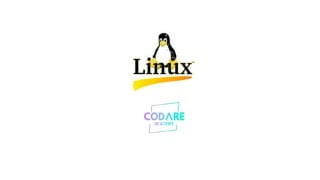Timing Subsystem in deep
|
Learn about the timing subsystem in the Linux Kernel, including various timing commands, POSIX clocks, timing system calls, and hardware devices used for timing measurements. This course offers a 30-day money-back guarantee and is perfect for Linux Kernel Developers looking to gain in-depth knowledge. Enroll now and take the next step in mastering the timing subsystem in Linux Kernel.
What you’ll learn
- Programming timing in user space
- Timing Hardware
- Jiffies
- Low resolution & High resolution timers
- POSIX Clocks
Timing Measurements in Linux Kernel
Many computer activities are based on timing measurements.
E.g. Your Computer display is turned off, if you have not pressed a key or moved your mouse for a particular time.
Linux timing subsystem mainly handles two types of timing activities
1. Keeping the current time and date
a. time() , gettimeofday() and clock_gettime()
b. Time stamps for files and network packets
2. Maintaining Timers
a. Mechanisms to notify kernel and user space (ex. alarm()) that a certain interval of time has elapsed.
Hardware Devices
Linux depends on hardware devices to maintain time. These devices can be basically classified into two types:
1. Clocks/Counters: provide precise time measurements
Used to keep track of current time of day
2. Timers: Issue interrupts at fixed, predefined frequency.
Used for implementing software timers
What will you learn from this course?
Various timing commands: date, uptime
POSIX Clocks: CLOCK_BOOTTIME, CLOCK_MONOTONIC_RAW, CLOCK_REALTIME, CLOCK_PROCESS_CPUTIME_ID, CLOCK_THREAD_CPUTIME_ID
Timing System calls: ctime, gettimeofday, clock_gettime, clock_settime, clock_getres, times, getrusage
Setting time from userspace
How to measure time for a particular instruction
Hardware Devices used in timing measurement: RTC, TSC, Programmable Interval Timer, APIC, High Precision Event Timer
Jiffies
Low Resolution and High Resolution Timers
This course comes with a 30 day money back guaranteed!. If you are not satisfied with the course, you’ll get your money back
So what are you waiting for, enroll now and take the next step in learning Timing subsystem in Linux Kernel
Who this course is for:
- Linux Kernel Developers interested in gaining deep knowledge about timing subsystem
User Reviews
Be the first to review “Timing Subsystem in deep” Cancel reply
You must be logged in to post a review.








There are no reviews yet.